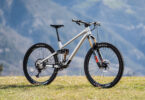Getting ready for the Trans-Provence: How important is the community?
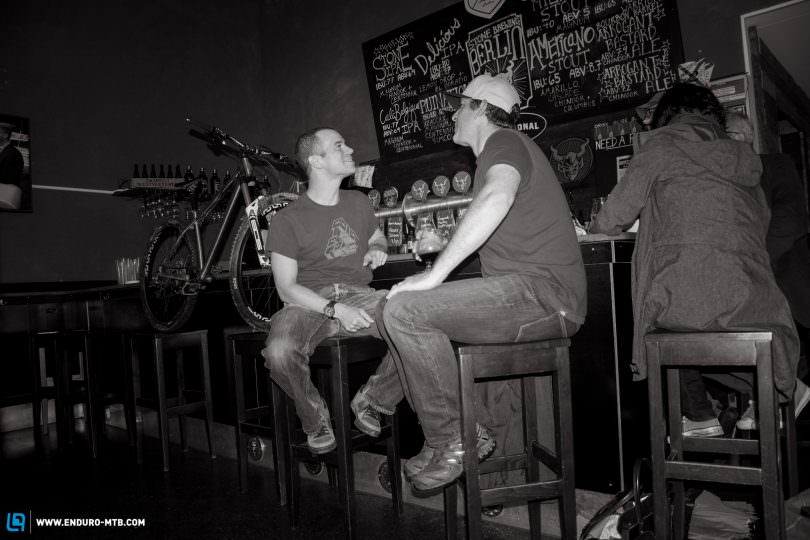
After a long path of preparation, amateur rider Gareth Rose is ready for the race of his life: the 2016 Trans-Provence that starts this weekend. Apart from training and equipment choice, the strength of the MTB community has propelled his preparations.
Empires rise and empires fall, but communities prevail. All mountain bikers are part of, whether they choose to be active in it or not, a community. In the last 20 years, mountain biking has grown from a marginal sport, into part of the mainstream. At each extreme of its spectrum, mountain biking is still a marginal activity: Redbull Rampage, the Fest series, UCI events, and EWS or Iditabike are all competed in by those at the most severe ends of our sport. However, there is now an expansive, diverse middle-ground which has flourished as the sport has grown.
My experience of training and preparing for the multi-day enduro race Trans-Provence has shown me that those inclusive, collaborative values and a common goal of fun persist as much in today’s broader MTB community as much as it did in the mid-90s when mountain bikers were a very rare species. Much like an endangered species making squawks into a still, otherwise silent forest: meeting another mountain biker was as much a surprise as it was a novelty.
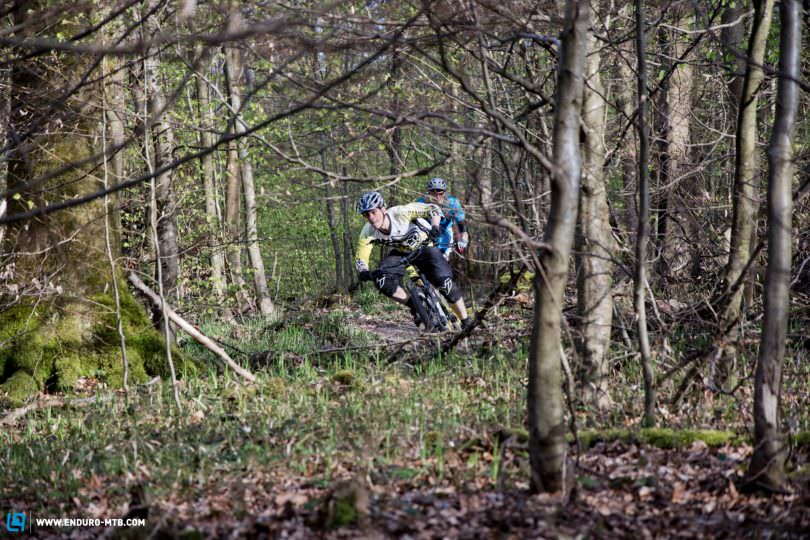
In ´97, I had been buying MTB magazines for a year and a half, a crud catcher sat on my downtube, a purple anodised quick release on my seat tube, and I owned a pair of mirrored wraparound sunglasses. I was a mountain biker. At 13, I had a couple of friends my own age who were down with this, but we were mocked, although always respected, and weirdly a little feared by those wielding panini football sticker books. So, opportunities to learn, and ride further afield were very rare. A notice in the grubby window of my local bike shop advertised my local ‘MTB club’ who rode every week.
Along I go to my first club ride, despite being under their age limit (thanks mum for asking the organiser if it was cool). The ride was memorable – I head slammed and nose dived my way over a jump time after time. But it was bruising my brain and bike, in company who were as excited and pleased to have another of their species blip onto their radar, that took me out on those hills with those guys countless times over the coming years. The notice had been in the shop window for two years, and I had been the first rider to emerge – literally the only response to their shouts into an unresponsive void.
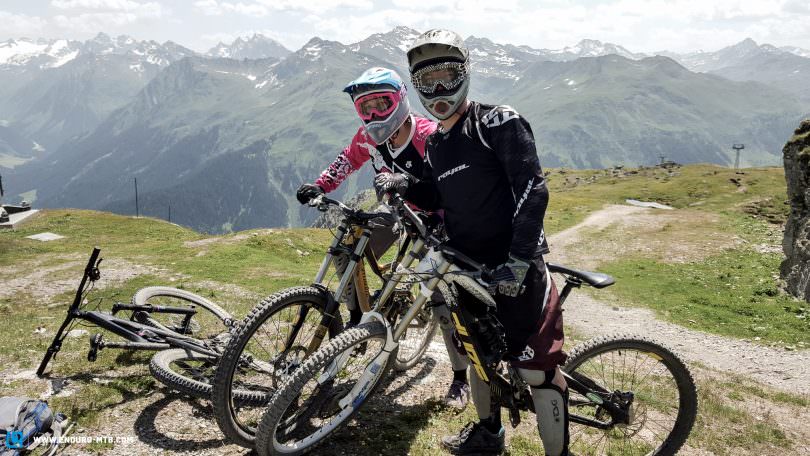
20 years later, the organiser (who was a long haired grungy looking bike mechanic called Dylan) remains a great, trusted friend as most of the other guys on that ride.
In my training for the Trans-Provence, I rode with Dylan in North Wales where I grew up. The trails we rode as kids are now on Strava, we saw other people out riding bikes even though it was mid-week, and the trails were certainly more established. And the scene that was pioneered has produced a few pro-riders, many many bike shop staff, dirt jumps, trails, DH tracks, secret trails, and a heck of a lot of pinners! The reason Dylan and I were out on our bikes hadn’t changed.
In 2016 we have seen the sad passing of Kelly McGarry and Stevie Smith, two inspirational figures who have gone before their time. The response of our community behind these events has been incredible. Mountain Bikers have a feeling of global connectivity that embraces the losses of each other. To see more celebratory examples of this you need only to look at the faces of racers who have lost, but respect and are in awe of a winner’s performance.
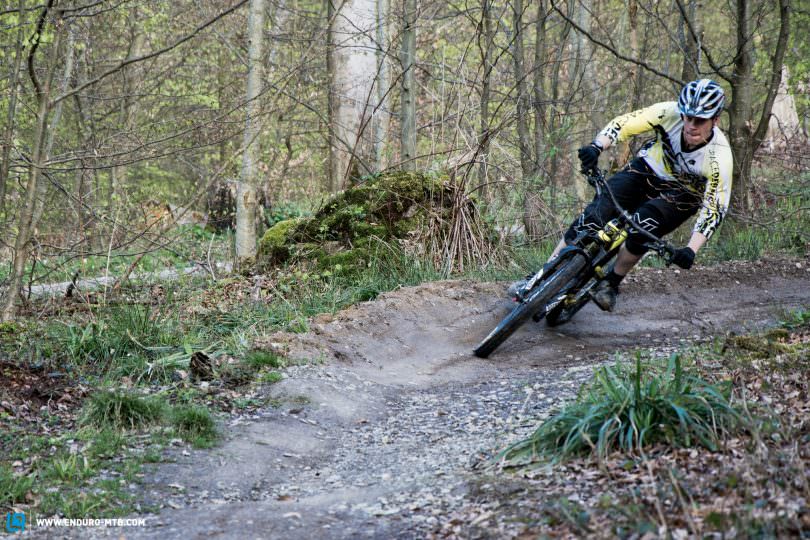
So to my personal experiences of the MTB community’s strength as I have prepared for a multi-day challenge. Needing to ride more than ever before has presented some challenges along the way: when travelling away from home for work or family life, I have needed to find trails to ride, and bikes to use when travelling. I’ve needed to ask for support and rely on others for help.
While spending time in Harrogate, Yorkshire UK, I check out Stainburn trails. A generous and helpful guy, Johnny, from the SingletAction, the local trail building association there, enthusiastically gave me tips on the riding set up and helped me to sort a bike out via his local knowledge and network. What a guy, and an ambassador for how to run a trail organisation. The trails were great fun too, by the way. Stif cycles, a big name bike shop really took their time with me too, above and beyond the expectation from a commercial transaction, to ensure my 20 km road ride back to Harrogate from their shop would give me a hit of singletrack – 15 minutes of explanation, including pictures and maps, so that I would get a decent ride home.
The phrase ‘kindness of strangers’ is one that often doesn’t quite do justice to our community. It often feels that the power of community and common identity, a love of two-wheeled muddy fun, perpetuates a common language of kindness. Before I grow a beard and paint flowers on my cheeks it’s important to caveat this: just as we see unjustifiable behaviour from fans at football tournaments, there are those who choose to go against the grain of getting on with each other, or simply forget the old saying, what goes around comes around.
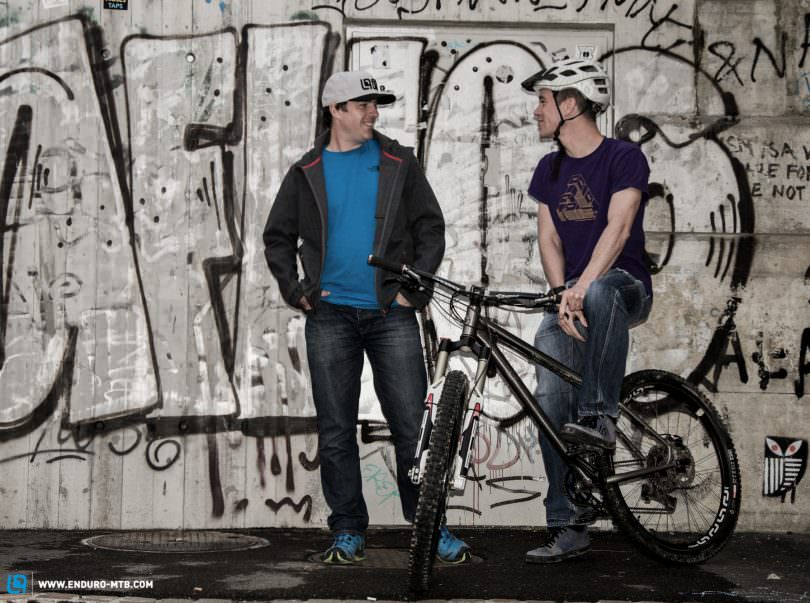
I have had stones thrown at me by a pro-rider (who won’t be named) as their open-chairlift passed mine in Champery a few years back, which was also housing a couple of toddlers. My wife was once abused and sworn at, mid-afternoon outside a pub in Whistler, by a Neanderthal who didn’t like her choice of bike. But these are the exceptions rather than the rules.
The Zurich region of Switzerland is home to a riding group which embodies these community values perfectly: Swiss Alpine Adventure aims to give access to the outdoors (it has now expanded beyond mountain biking). SAA hosts rides in all parts of Switzerland which are run and guided by enthusiasts for free. This means the strengths of our community are being organised in a way that increases access, knowledge and gives a positive and managed environment for riders to enjoy and grow into the sport. Maybe I should get out the face paints after all.
The Trans-Provence now attracts global stars every year. This year is no different. However, my understanding of the event is not that it is purely about the racing. Whilst it is a race, the success and possibility of running a competitive event across swathes of wilderness can only happen as it relies on the riders willing to help out other riders. When you’re racing solo in harsh, remote terrain, it’s important to know you can rely on the next guy coming down the trail – to help you out, should you find yourself in a crumpled mess. Therein lies the root, and the real strength of both the Trans-Provence and the mountain biking community.
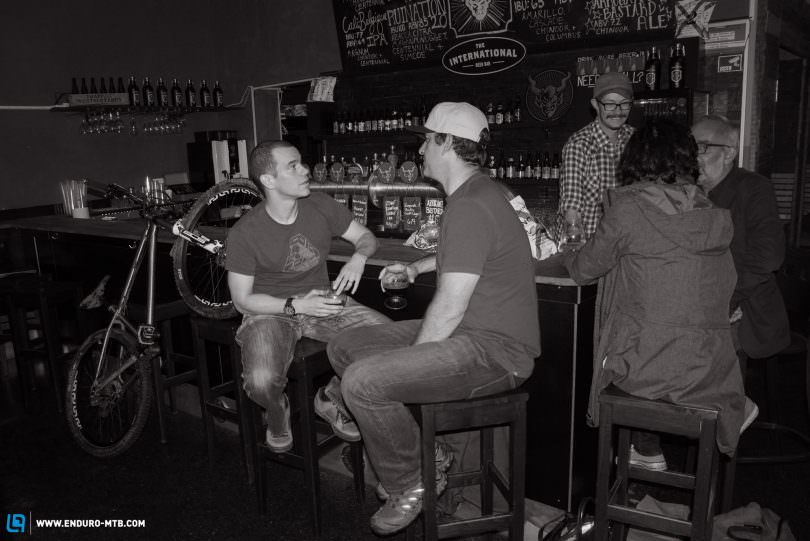
Make sure you don’t miss the other three parts of Gareth’s Trans-Provence series:
Equipment Choice for a Multi-Day Enduro Race
How to Train for the Trans-Provence as an Amateur
How an average rider prepares for the Trans-Provence
Did you enjoy this article? If so, we would be stoked if you decide to support us with a monthly contribution. By becoming a supporter of ENDURO, you will help secure a sustainable future for high-quality mountain bike journalism. Click here to learn more.
Words: Gareth Rose Photos: Phillip Holmes




